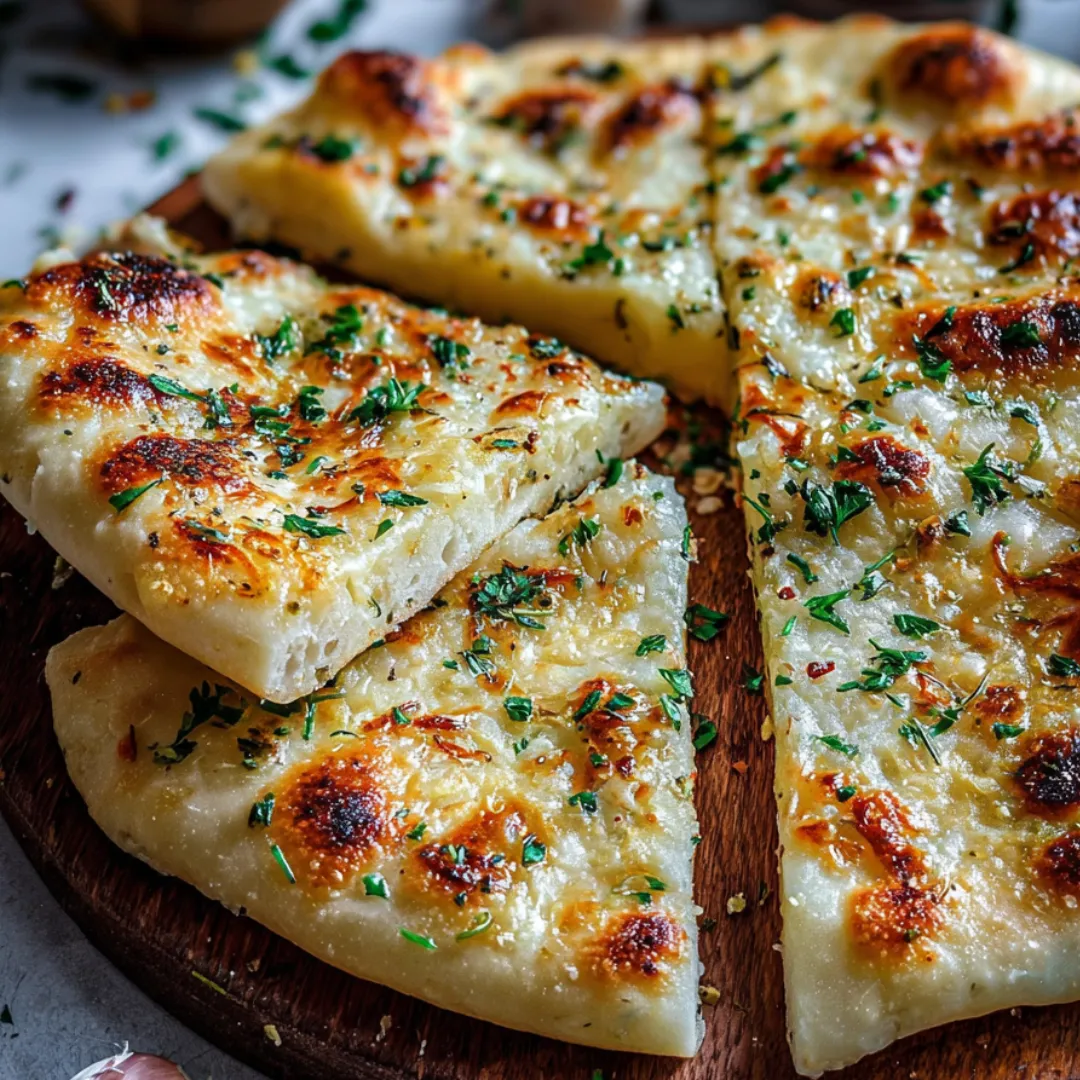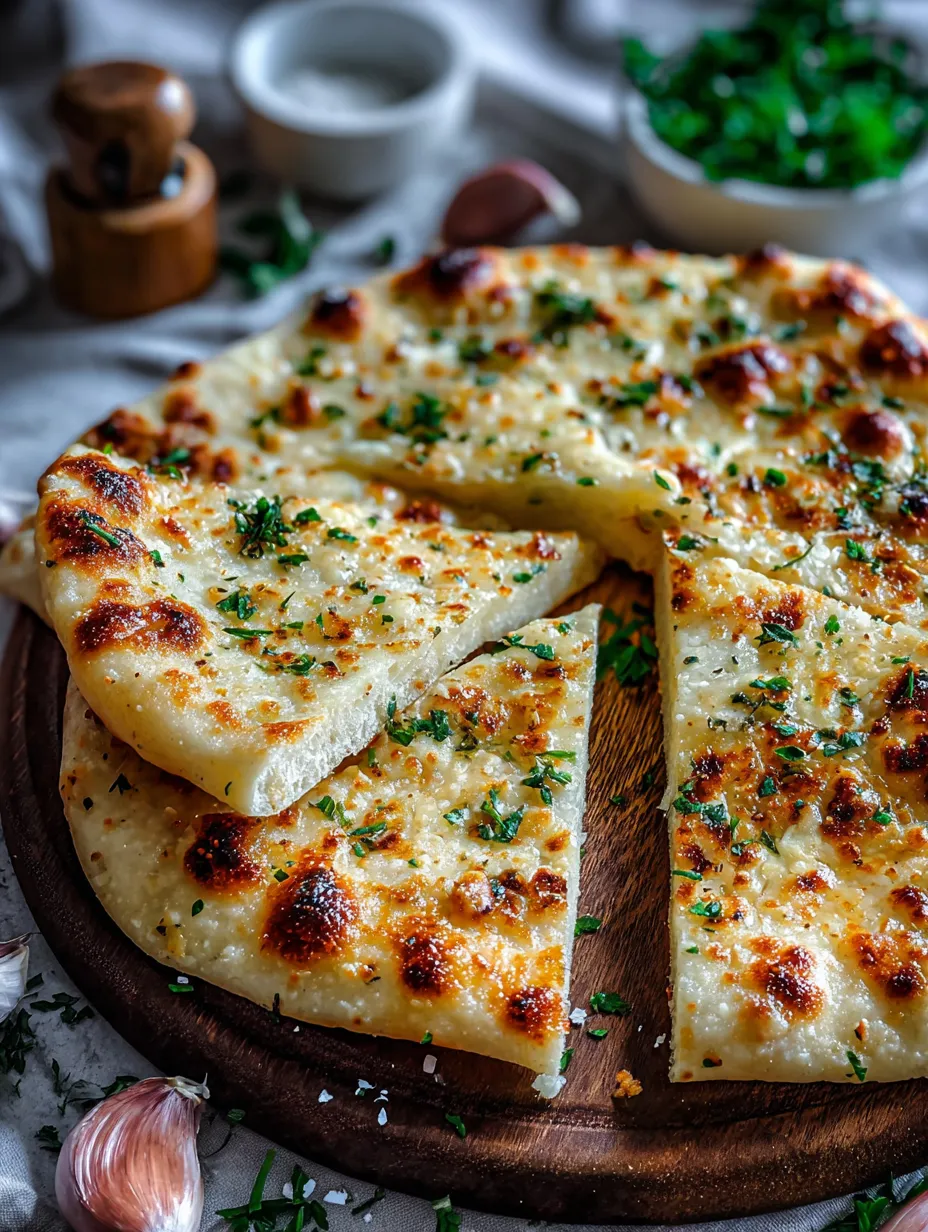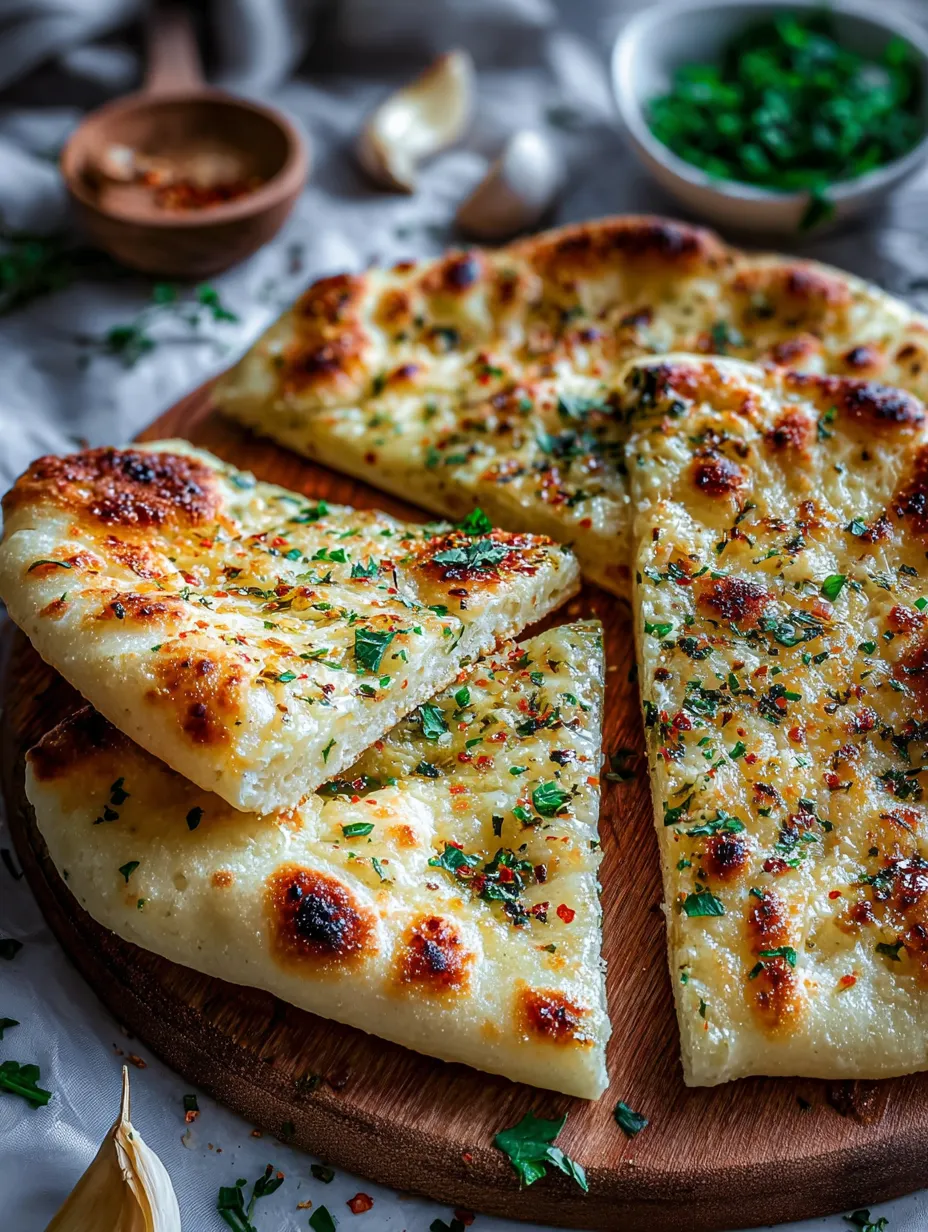 Save
Save
The scent of garlic warming up in the oven always signals something cozy is about to happen in my kitchen. This flatbread first came to life on a quiet Saturday afternoon when I craved comfort food but wanted to stay true to my low-carb goals. It was an experiment to turn pantry staples into something soft, garlicky, and satisfying — and it’s been a kitchen favorite ever since.
I stumbled upon psyllium husk’s magic years ago while trying to bake bread without gluten; its ability to mimic the chewiness of traditional dough transformed these flatbreads from crumbly to delightful.
Essential Ingredients
- Almond flour: creates a tender, moist base while keeping it low-carb; choose finely ground for smooth dough
- Coconut flour: highly absorbent, so accurate measurement is key; look for unsweetened to avoid unexpected flavors
- Psyllium husk powder: the secret agent that binds and adds elasticity; make sure it’s finely ground for even incorporation
- Garlic powder: brings savory warmth without overpowering; quality garlic powder smells fragrant and isn’t clumpy
- Eggs: provide structure and moisture; try to use fresh, large eggs for consistency
- Olive oil: adds richness and helps keep the flatbread soft; extra virgin is best for depth of flavor
- Warm water: activates the psyllium and hydrates the flours; ideally just warm to the touch for best results
Shopping tip: Check the freshness dates on almond and coconut flours since oils in nuts and coconut can go rancid; a quick sniff will tell you if something’s off.
Cooking Process
- Building the Dry Mix:
- Whisk together your almond flour, coconut flour, garlic powder, onion powder, salt, and baking powder. Blending them thoroughly ensures even seasoning and rise throughout the dough.
- Blending the Wet Ingredients:
- Whisk eggs until smooth, then add warm water, olive oil, and psyllium husk powder. The warmth helps hydrate the psyllium fully, which is essential to creating the stretchy, pliable dough characteristic of this flatbread.
- Combining and Kneading:
- Slowly add the wet mixture into your dry ingredients, stirring continuously until it forms a rough dough. Then knead by hand to bring it together into a smooth ball. This action encourages the psyllium to activate and bind everything tightly, avoiding crumbly edges.
- Shaping and Baking:
- Transfer the dough to a lined baking sheet and flatten to about 1/4 inch thickness. Baking at 350°F develops a golden, slightly crisp crust while keeping the inside tender and garlic-infused. Resting briefly after baking helps the flatbread firm up for easier slicing.

One time, I baked it a little too thick, and the center stayed mushy—a gentle reminder that even a flatbread wants to be flat! Now I always keep the dough thin, which quickly turned it into my go-to for speedy weeknight dinners.
Flavor Variations
Add a teaspoon or two of dried herbs like oregano, rosemary, or thyme into the dry mix for an herby twist. For a spicy spin, sprinkle a pinch of smoked paprika or chili flakes before baking. You can even spread a thin layer of garlic butter on top post-baking for an indulgent finish.
Make-Ahead Tips
This dough can be mixed and kept in the fridge for up to 24 hours before baking, which means you can scoop it out and bake fresh flatbread whenever hunger strikes. Leftover flatbread stores well wrapped in foil and reheats beautifully in a hot oven or toaster oven to crisp it back up.
Kitchen Tools Recommendation
A sturdy whisk for blending dry and wet ingredients thoroughly is key here. A flexible spatula or your hands work best for kneading since the dough is soft and slightly sticky. Parchment paper keeps cleanup effortless and prevents sticking during baking.
Cooking Secrets
- Don’t skip the warm water—cold water won’t activate the psyllium husk powder properly, leading to crumbly results.
- Knead the dough well until it feels smooth and elastic; this signals the binding agents are working their magic.
- Flatten the dough evenly—thinner edges crisp better while avoiding a gummy center. Using wet hands helps shape without sticking.

Frequently Asked Recipe Questions
- → What gives the flatbread its soft texture?
The combination of almond flour and eggs provides moisture and tenderness, while psyllium husk powder helps bind the dough for a soft interior.
- → Can I add herbs for extra flavor?
Yes, adding herbs like oregano or rosemary to the dough enhances the savory profile and complements the garlic.
- → How do I prevent the dough from sticking when shaping?
Lightly wetting your hands before flattening the dough helps avoid stickiness and makes shaping easier.
- → Why is coconut flour included in the dough?
Coconut flour absorbs moisture, creating a balanced dough texture that isn’t too wet or dry when paired with the recommended water amount.
- → What temperature and time should I bake the flatbread at?
Bake the flatbread at 350°F (175°C) for 15 to 20 minutes until the edges turn golden and the center is firm to the touch.
- → How is psyllium husk powder used in this dough?
Psyllium husk powder acts as a binder, improving the dough’s elasticity and helping achieve a more bread-like texture.
